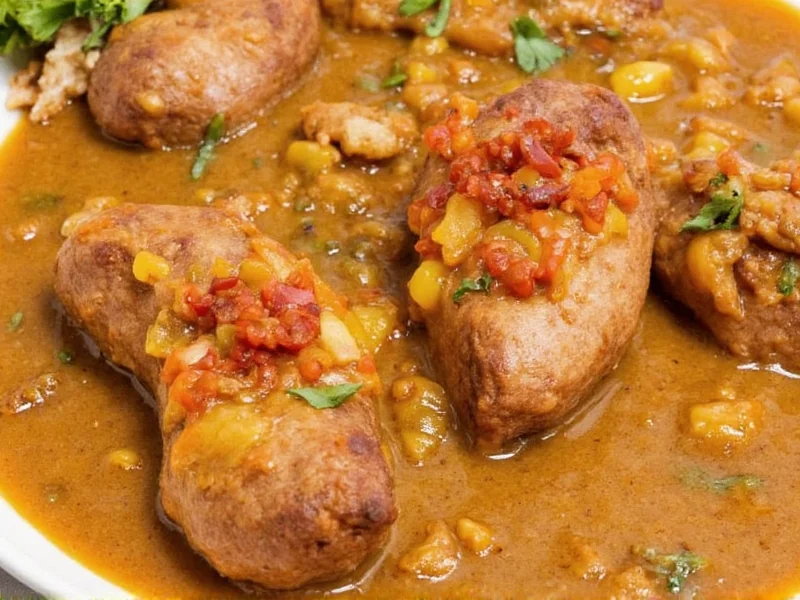Understanding the cajun creole difference requires exploring both culinary traditions' historical roots and cultural evolution. These two Louisiana cooking styles are frequently confused, yet they represent distinct culinary lineages that developed under different social and historical circumstances. This comprehensive guide clarifies the authentic distinctions between these celebrated food traditions.
Historical Origins: Two Distinct Cultural Paths
The story of cajun vs creole food differences begins with their separate historical trajectories. Cajun culture traces back to the 18th century when French colonists were expelled from Acadia (modern-day Nova Scotia, Canada) by the British. These Acadian exiles settled in rural areas of south Louisiana, bringing their French culinary traditions which evolved through contact with Native Americans, Germans, and other settlers in the bayous and prairies.
Creole culture, by contrast, developed in urban New Orleans during the same period but under different circumstances. The term 'Creole' originally referred to people of European (primarily French and Spanish) descent born in the colonies. New Orleans' position as a major port city created a cultural melting pot where French, Spanish, African, Caribbean, and later American influences blended, producing a more cosmopolitan culinary tradition.
Cultural Distinctions Beyond the Kitchen
While food represents the most visible difference, understanding the real difference between cajun and creole requires examining broader cultural elements:
- Language: Traditional Cajun French developed from Canadian French with unique regional variations, while Louisiana Creole incorporated French, Spanish, African languages, and Caribbean influences into a distinct creole language
- Social structure: Cajun communities were largely rural and isolated, while Creole society developed in the cosmopolitan environment of New Orleans with more complex social hierarchies
- Religious influences: Both cultures are predominantly Catholic, but Creole traditions incorporated more African spiritual elements through syncretism
Culinary Comparison: Key Differences in Practice
When examining cajun creole difference through food, several distinctive elements emerge:
| Characteristic | Cajun Cuisine | Creole Cuisine |
|---|---|---|
| Primary Origin | Rural Acadiana (southwest Louisiana) | Urban New Orleans |
| Historical Influences | Acadian French, Native American, German | French, Spanish, African, Caribbean |
| Signature Dishes | Jambalaya (brown), Boudin, Smothered dishes | Shrimp Creole, Tomato-based Gumbo, Étouffée |
| Tomato Usage | Rarely used (except in modern interpretations) | Common ingredient |
| Primary Proteins | Game meats, pork, crawfish | Seafood, chicken, sometimes game |
| Cooking Style | Rustic, one-pot meals, darker roux | More refined, complex sauces, lighter roux |
| "Holy Trinity" Ratio | Equal parts onions, celery, bell peppers | Often more onions, sometimes with additional aromatics |
The Great Tomato Debate: A Defining Culinary Difference
One of the most reliable ways to identify the cajun vs creole food differences is through tomato usage. Traditional Cajun cooking rarely incorporated tomatoes, reflecting the rural Acadians' limited access to this ingredient. In contrast, Creole cuisine embraced tomatoes, influenced by Spanish culinary traditions where tomatoes were common.
This distinction explains why is gumbo cajun or creole depends largely on whether tomatoes are included. Authentic Cajun gumbo features a dark roux with chicken, sausage, and sometimes game, while Creole gumbo often includes tomatoes and seafood like shrimp or crab.
Modern Usage and Common Misconceptions
Today's cajun creole difference has become blurred through commercialization and regional variations. Many restaurants use 'Cajun' as a marketing term for spicy food regardless of authenticity, while 'Creole' is sometimes incorrectly used as a synonym for 'Cajun.'
The confusion intensified after Hurricane Katrina when many New Orleans chefs relocated to Acadiana, blending culinary traditions. Additionally, the term 'Cajun' gained popularity nationwide in the 1980s food boom, often misapplied to any spicy Southern dish.
Understanding the authentic cajun vs creole cooking distinction requires recognizing that:
- Cajun doesn't automatically mean 'spicy' - traditional Cajun food relies more on the depth of roux than heat
- Creole cuisine isn't simply 'Cajun with tomatoes' - it represents a distinct culinary tradition with its own techniques and flavor profiles
- Both traditions have evolved, with contemporary chefs often blending elements from both
Practical Guide to Identifying Authentic Dishes
When evaluating whether a dish is truly Cajun or Creole, consider these factors:
For Cajun dishes: Look for a dark brown roux, absence of tomatoes, emphasis on smoked meats (particularly andouille sausage), and rustic preparation methods. Traditional Cajun dishes include brown jambalaya, boudin (pork sausage), and smothered dishes like smothered rabbit.
For Creole dishes: Expect a lighter roux, possible tomato inclusion, more complex sauce structures, and influences from multiple cultural traditions. Classic Creole dishes include shrimp Creole, Creole étouffée, and pompano en papillote.
Remember that Louisiana's culinary landscape is dynamic - many contemporary chefs intentionally blend elements from both traditions, creating innovative dishes that honor both lineages while forging new paths.











 浙公网安备
33010002000092号
浙公网安备
33010002000092号 浙B2-20120091-4
浙B2-20120091-4